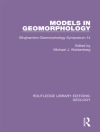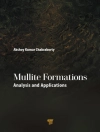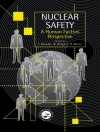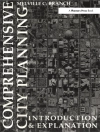Automation in air traffic control may increase efficiency, but it also raises questions about adequate human control over automated systems. Following on the panel’s first volume on air traffic control automation, Flight to the Future (NRC, 1997), this book focuses on the interaction of pilots and air traffic controllers, with a growing network of automated functions in the airspace system.The panel offers recommendations for development of human-centered automation, addressing key areas such as providing levels of automation that are appropriate to levels of risk, examining procedures for recovery from emergencies, free flight versus ground-based authority, and more.The book explores ways in which technology can build on human strengths and compensate for human vulnerabilities, minimizing both mistrust of automation and complacency about its abilities. The panel presents an overview of emerging technologies and trends toward automation within the national airspace systemin areas such as global positioning and other aspects of surveillance, flight information provided to pilots an controllers, collision avoidance, strategic long-term planning, and systems for training and maintenance.The book examines how to achieve better integration of research and development, including the importance of user involvement in air traffic control. It also discusses how to harmonize the wide range of functions in the national airspace system, with a detailed review of the free flight initiative.
Board on Human-Systems Integration & Division of Behavioral and Social Sciences and Education
Future of Air Traffic Control [PDF ebook]
Human Operators and Automation
Future of Air Traffic Control [PDF ebook]
Human Operators and Automation
Köp den här e-boken och få 1 till GRATIS!
Språk Engelska ● Formatera PDF ● Sidor 336 ● ISBN 9780309517560 ● Redaktör Anne S. Mavor & Christopher D. Wickens ● Utgivare National Academies Press ● Publicerad 1998 ● Nedladdningsbara 3 gånger ● Valuta EUR ● ID 7150112 ● Kopieringsskydd Adobe DRM
Kräver en DRM-kapabel e-läsare












